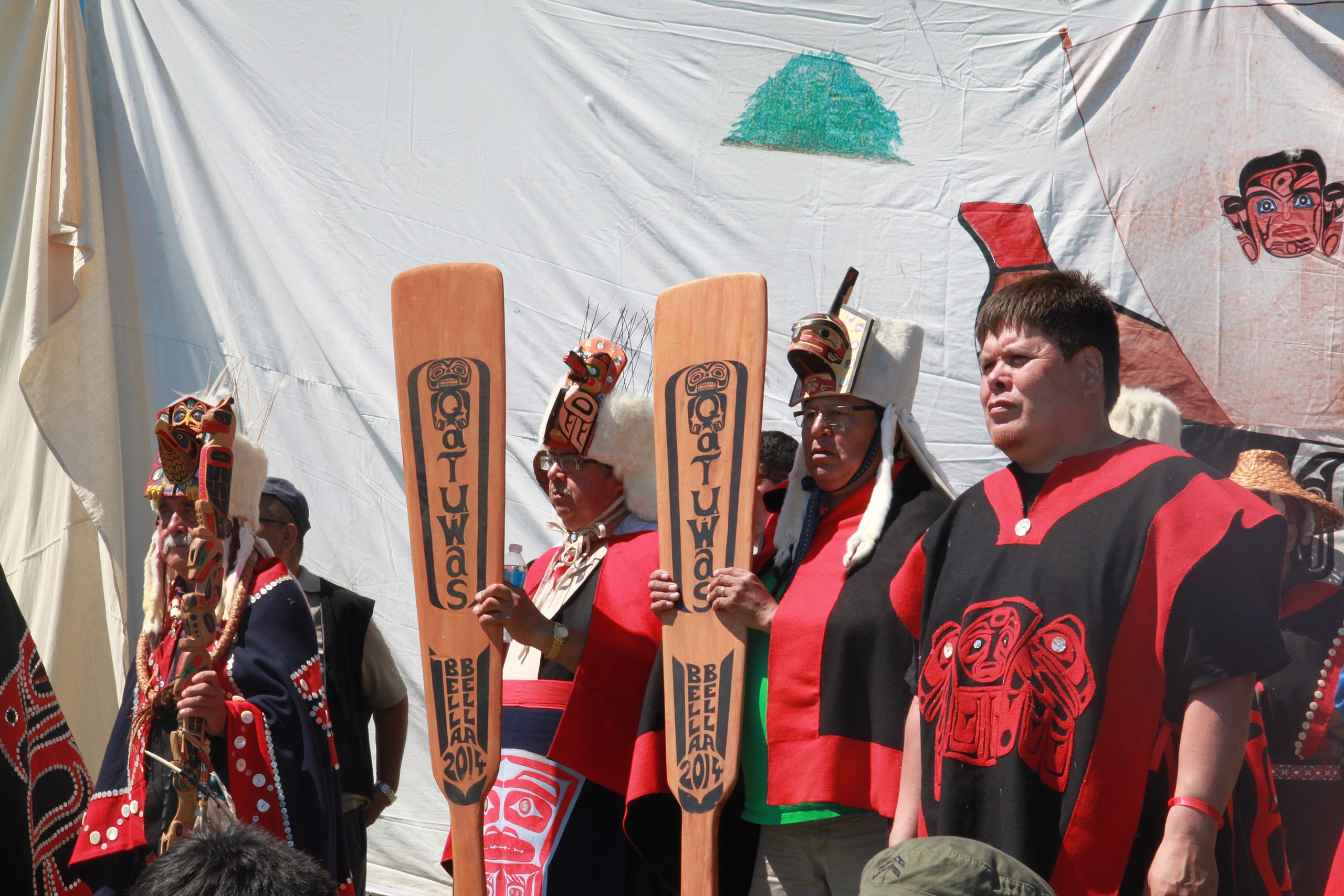 istory is always written by the Victors” – Winston Churchill, once said, and as a result, only five years ago, in Canada on Triquet Island in 2017, when relying only on Heilsuk Nation’s stories, the oldest settlement ever found in North America, was discovered of a 14,000-year-old village, of this Canadian Nation of indigenous people. It was Sir William Jones who established The Royal Asiatic Society of Bengal in 1784 to study Sanskrit, and first noticed remarkable similarities between Sanskrit, Latin, and Greek.
istory is always written by the Victors” – Winston Churchill, once said, and as a result, only five years ago, in Canada on Triquet Island in 2017, when relying only on Heilsuk Nation’s stories, the oldest settlement ever found in North America, was discovered of a 14,000-year-old village, of this Canadian Nation of indigenous people. It was Sir William Jones who established The Royal Asiatic Society of Bengal in 1784 to study Sanskrit, and first noticed remarkable similarities between Sanskrit, Latin, and Greek.
He deduced that a common root lay at the heart of all three languages and their people. He linked them back to an Ancestral Homeland to the North of the Caucasus, but scholars could not agree on the precise location and also as far as Post-Glacial Europe was suggested.
Today we can demonstrate that this Post-Glacial Europe was indeed correct, and the precise location was above the Arctic Circle in the Karelia region of Finland ??.
He named this common root “Proto-Indo-European” (PIE), reflecting that the British Empire had colonized as victors, India, and today we would like to call it rather Proto-Sanskrit-European (PSE), but we can also demonstrate, that prior to becoming the PSE 19,000 years ago, it went through a “tower-of-bable-event”, splitting from the even earlier Proto-Finnic-Sanskrit (PFS) of more than 26,000 years ago, creating the Proto-Finnic-Uralic (PFU) used in parallel, to the PSE.
The PFU started spreading in the post-glacial world, 12,000 years ago, all the way east to the Ural Mountains and all the way south to today’s Hungary.
This while the PSE went earlier 19,000 years ago, to today’s Lithuania – where orally it is still understood – then Ukraine, Georgia, Iran, Tibet at Mount Kailash arriving 18,000 years ago and becoming the Bon Monks people. From Tibet then south along the Saraswati and Ghaggar rivers, to the Indus Valley.
Also along this PSE migration after Georgia, was another diversion going west all the way to the Basque Region – which was then the northernmost ice-free location on the water of the Atlantic Ocean, where already the Grimaldian African had arrived migrating across the Gibraltar straight 20,000 years ago.
While consensus is still that Homo Sapiens exited Africa 60,000 to 50,000 years ago, from the location that is today Ethiopia – Prince Kum’a NDumbe III of Cameroon and Historian Cheick Anta Diop both have proven that some 30,000 years ago Africans as first, were engaged in professional mining, before 20,000 years ago as Grimaldians exiting again Africa to Europe.
Bal Gangadhar Lokmanya Tilak (1856-1920) was the first leader of the Indian Independence movement. The British called him “The father of the Indian unrest” and took his books out of distribution, locked into the Royal British Library only available to “accredited researchers” thus fully censored. His Lokmanya conferred title “accepted as by the people as their leader” gave fear to his British overlords and Mahatma Ghandi
called him “The Maker of Modern India”.
When reaching out to Scientists at TIFR a National Centre of the Government of India, under the umbrella of the Department of Atomic Energy, they confirmed that Tilak as a source was used by them and that the timing of the “tower-of-babel-event” (19,000 years ago) was their conclusion as well.
Desired additional research of genome of Bon people and satellite focus on Arabian Sea to complement earlier that found Saraswati River underground, was shared by us both. The Institute was founded in 1945 with support from the Sir Dorabji Tata Trust under the vision of Dr. Homi Bhabha.
Tilak’s 1903 published book “The Arctic Home in the Vedas” written in Ancient Sanskrit which like the Rig Veda UNESCO protected document today, according to him revealed that origin of everything described in there, could only have been revealed if authors had had the vantage point of physically being above the Arctic Circle. Google made this book available free on their Nook platform only some 20 years ago.
In 1987 and later in 1999 a Finnish Professor of Comparative Religion at University of Helsinki, with a field-work oriented approach to study of religious traditions, Juha Pentikainen, took on the project of revisiting the national Epos of Finland – The Kalevala – collected folklore, in the Karelia region in Finland and compiled in 1830-40 by Elias Lonnrot (1802-1884), in the Christian nation of Finland. Freed from religious restrictions, he compared the stories of the Kalevala to the Rig Vedas and found them to be almost identical with even Finnish word like Sampo clearly connected to Shambala in Sanskrit.
This then inspired other researchers to take a closer look at the Lithuanian spoken language, that when compared to Ancient Sanskrit, but phonetically written in Latin letters was found to be almost identical.
I will definitely keep you up to date on my ongoing research and publish an article on what is discovered, after the migration from Finland 19,000 years ago, as the roadmap point towards, an Antarctic Cold Reversal climate caused flood 13,000 years ago, a more important role for Black Africans, in the Pharaonic Meroe Egyptian empire, and how that in turn resulted in the Greek Civilization, with Plato and Aristotle.
Professor Tom Wilen on a quest for 20 years to reveal true_history, hidden by the Victors.

Tom V. Wilen is a former globetrotting President & COO of publicly traded multi billion Jim Beam Co, with experience from more than 150 countries worldwide. After a 30 year career where often also delivering many speeches about diversity and global issues, at distinguished forums to expert audiences, he was asked to join CUNY Baruch College as Professor there teaching MBA students on global strategy and transnational management.
A lifetime devoted and inquisitive lecturer of culture, he commenced his true_history project twenty years ago to pursue in conjunction with his network of professionals, to reveal the true history of humankind, wherever it would take him.
His focus was on climate research, symbols and orally passed down stories by indigenous and other peoples stories who had not been given a fair attention, by the victors and powers who wrote our history, dismissing them as folklore or myth – until Triquet island outside BC in Canada, proved a 14,000 year old, and to-date the oldest presence in North America of indigenous people






